Recycling baby food jars
Baby food packaging pros and cons: Glass jars, plastic bowls, and pouches
When buying baby food, you have a choice of glass jars, plastic containers, and pouches. Glass jars are recyclable and don't leach chemicals, but they're also heavier and more prone to breaking. Plastic containers are lighter and recyclable, but they may leach chemicals into food if not made from BPA-free material. Pouches are convenient, less messy, and won't break, but they aren't recyclable and may delay some developmental skills in children if overused.
Premade baby food comes in an array of packaging – including glass jars, pouches made from layers of plastic and foil, and plastic containers. When you're shopping for baby food, here are some things to consider about the different packaging types.
Baby food in glass jars
Pros of glass jars
- Recommended by the American Academy of Pediatrics (AAP) for storing or preparing food (versus plastic containers)
- Eliminates the risk of potentially harmful chemicals found in some plastics that can leach into food
- Recyclable
Cons of glass jars
- Heavier weight than plastic containers or pouches
- Risk of breakage
- Depending on the brand, jar lid liners might contain a chemical called bisphenol A (BPA) (see "Cons of plastic containers" below)
Baby food in plastic containers
Pros of plastic containers
- Lighter weight than glass
- Less likely to break than glass
- Usually recyclable
Cons of plastic containers
- Very small amounts of potentially harmful chemicals – including BPA and phthalates – may leach from the plastic into food.
To avoid these chemicals, look for baby food that's labeled "BPA-free" or "phthalate-free."
- Heat (for example, from a microwave) or damage to a plastic container increases the chance of chemicals leaching into food.
Advertisement | page continues below
Note: While the U.S. Food and Drug Administration has banned the use of BPA in baby bottles, sippy cups, and infant formula packaging, the agency says that the use of BPA in other types of food packaging is safe.
However, since babies and young children are especially vulnerable to chemical exposures, the AAP recommends that parents avoid plastics marked with these recycling codes:
- 3 (phthalates)
- 6 (styrene)
- 7 (bisphenols, including BPA)
You may also want to look for products in packaging that's labeled "biobased" or "greenware" – these containers are made of plant-based materials.
Baby food in pouches
Pros of baby food pouches
- Lightweight
- Won't break
- Squeezable, which is more convenient on the go – no spoon required
- Less messy, since there's typically less dripping and splatter when the food goes straight from the spout into your child's mouth (if your baby is younger, squeeze the puree into a bowl so you can feed him with a spoon)
Cons of baby food pouches
- Usually more expensive than jarred food
- Not locally recyclable, usually added to landfill
- Overuse of baby food pouches may raise the risk of certain developmental delays and health problems in children (see following caution)
Note: Baby food pouches are lined with polypropylene (designated by recycling code 5), a BPA-free plastic.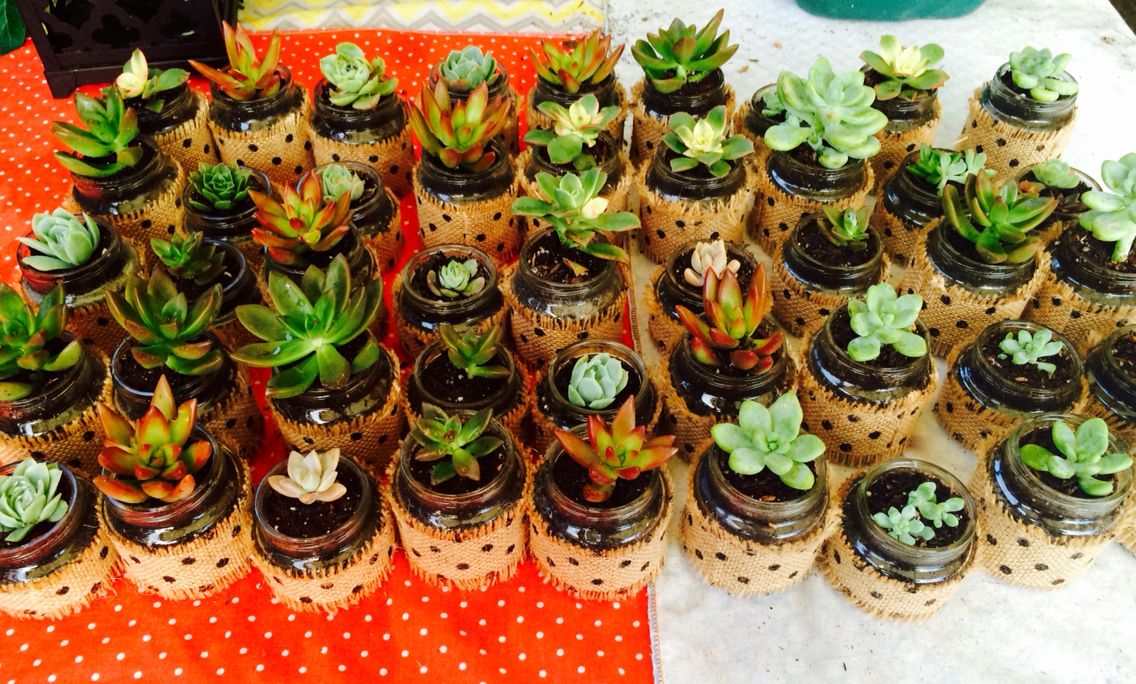
A caution about overusing baby food pouches
A baby who's learning to eat solid foods should gradually progress from purees or soft finger foods to foods with more textures. Overusing pouches, which contain purees, can lead to potential problems in several areas, including:
- Eating skills: If your baby is ready to try food with more texture but continues to eat only purees, this may delay the development of critical eating skills, such as chewing and swallowing thicker or chunkier food. These skills are also important for speech development.
- Range of flavors: Pouch purees often combine multiple ingredients – such as a fruit and vegetable or meat – with the fruit's sweetness as the dominant flavor. So your child may be eating savory foods like beef or kale, but she isn't necessarily becoming familiar with those flavors.
- Eating habits: Some experts believe that the convenience of pouches means parents may make them available too often – whenever a baby or toddler starts fussing, for example.
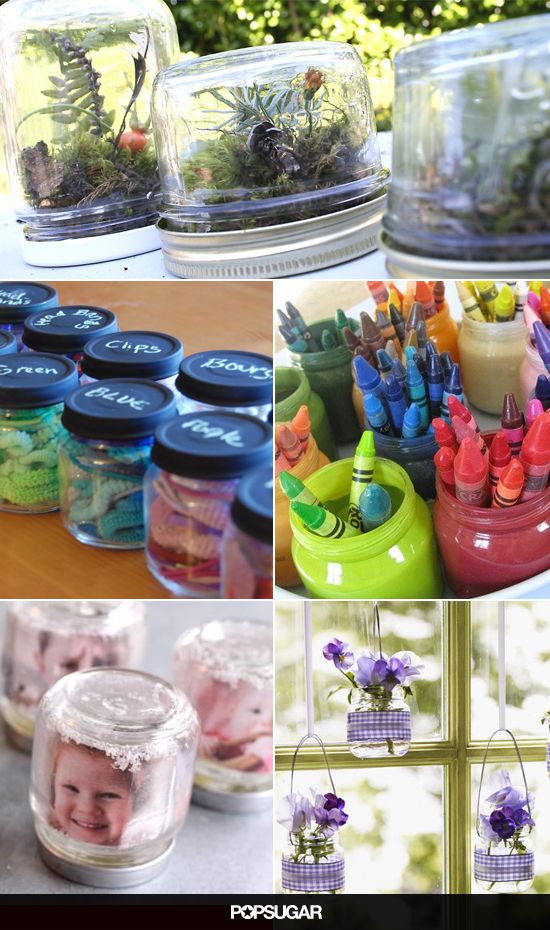 This encourages more frequent snacking that could lead to overeating and an unhealthy association of food with comfort.
This encourages more frequent snacking that could lead to overeating and an unhealthy association of food with comfort. - Dental health: Sucking on pouches of purees, especially ones containing fruit (which is naturally sugary), throughout the day can put babies at a higher potential risk for tooth decay.
As your baby is mastering eating solids, focus on helping her eat developmentally appropriate foods, get used to eating from a spoon, and, eventually, feed herself. Whenever possible, squeeze the pouch contents into a bowl so that your child can see and smell the food as she eats. Save offering food directly from pouches for when you're on the go or as an occasional snack.
Is baby food packaging recyclable?
Glass jars: The glass is recyclable. Separate the metal lids and follow local guidelines for recycling metals. You may need to remove and throw out the lid liner.
Plastic containers: Typically recyclable. Look for a recycling code that indicates the type of plastic and check local guidelines. However, wrappers and pull-off lids may need to go in the trash.
Look for a recycling code that indicates the type of plastic and check local guidelines. However, wrappers and pull-off lids may need to go in the trash.
Pouches: Not recyclable locally. Manufacturers are still looking for a solution to this, although at least one company offers a mail-in recycling program for used baby food pouches.
What else do I need to know about the safety of baby food packaging?
Baby food is perishable. Some store-bought baby foods need to be kept in the refrigerator (if you purchased the food from a store's refrigerated section, this is likely the case). Other baby food is shelf stable and can be stored unrefrigerated until its expiration date.
Once a container of baby food is opened, follow the manufacturer's instructions for storing leftovers and the timeframe for discarding whatever is uneaten.
Always discard baby food in these situations:
- A safety button that isn't flat in a glass jar's lid.
 If the seal of a jar of baby food is broken and a jar doesn't "pop" when you open it, throw it away.
If the seal of a jar of baby food is broken and a jar doesn't "pop" when you open it, throw it away. - Swollen or leaking pouches. Either could be a sign that the food is contaminated.
- Past expiration date. It's a good practice to check the expiration date of any food you feed to your baby.
Understanding baby food labels
There's a lot of information on baby food labels. Here's how to decode some of the most common language you'll see.
"GMO" stands for "genetically modified organism." These are plants, animals, or microorganisms that have had their genetic material altered in some way. There's no evidence that GMO foods are harmful to eat. In the United States, they're regulated by the Food and Drug Administration, along with other government organizations.
You may see the following GMO-related labels on baby food:
- Non-GMO means the food was made without genetic engineering and contains no ingredients derived from GMOs.
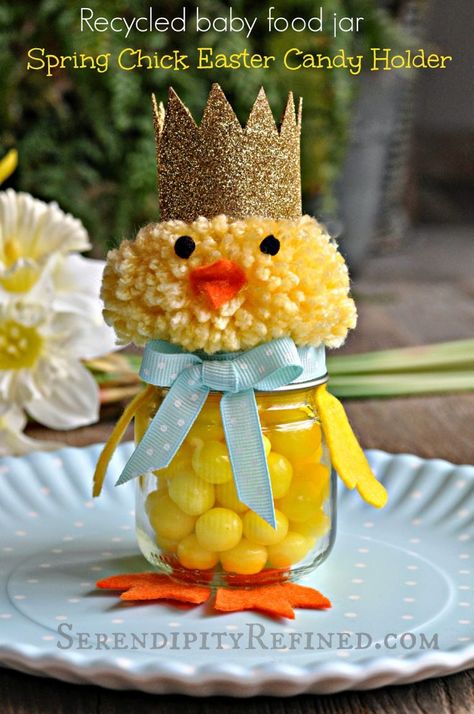
- Non-GMO Project Verified means the product meets the standards of the Non-GMO Project Product Verification program, North America's only third-party verification for non-GMO food and products.
- Bioengineered refers to a specific type of GMO food that can only be created in a lab and can't be found in nature.
The U.S. Department of Agriculture regulates and approves products with organic labels.
If a product has a USDA organic seal, it means the product was grown without the use of GMOs, most synthetic fertilizers, pesticides, and herbicides; and the product doesn't have artificial flavors, colors, or preservatives. If the product contains meat, the livestock only ate 100 percent organic food and wasn't given antibiotics or hormones.
Different versions of the organic label include:
- 100% organic: The ingredients are all 100 percent organic.
- Organic: The ingredients are at least 95 percent organic.

- Made with organic ingredients: The ingredients are at least 70 percent organic.
"OU" stands for Orthodox Union, the world's largest and most widely recognized Kosher certifying agency. A Kosher designation means that the food conforms to Jewish dietary law. Here are the different product designations:
- OU is for kosher products that contain no meat or dairy.
- OU-D is for kosher dairy products.
- OU-M and OU-Glatt are for kosher meat products.
Understanding nutrition labels
There's a lot of information on the nutrition facts label you'll see on baby foods, but not all of it is necessarily relevant for your baby's health. Here's a breakdown of what you'll see on the label.
- The percent daily value on the nutrition facts label includes an amount in grams and a percentage that represents how much of that nutrient the Food and Drug Administration recommends you get in a day.
 On baby food products, the percentage is based on how much of that nutrient a baby under a year old needs.
On baby food products, the percentage is based on how much of that nutrient a baby under a year old needs. - Calories are a way to measure how much energy you get from a food. There isn't an official recommendation for how many calories a baby needs in a day, and you don't need to worry about calories when feeding your baby. Instead, watch for clues that tell you when your baby has had enough to eat – for example, they'll turn away from a bottle, breast, or spoonful of food when they're not hungry.
- Fat is a concentrated source of energy, a must-have for your growing baby. And fat is essential for brain development – the majority of the brain is composed of fat. You don't need to limit your baby's fat intake.
- Cholesterol helps your body build cells and make vitamins and other hormones. You don't need to limit your baby's cholesterol for the same reason you don't need to limit their fat – they need the energy since they're growing so quickly.
- Sodium is the salt in a food product.
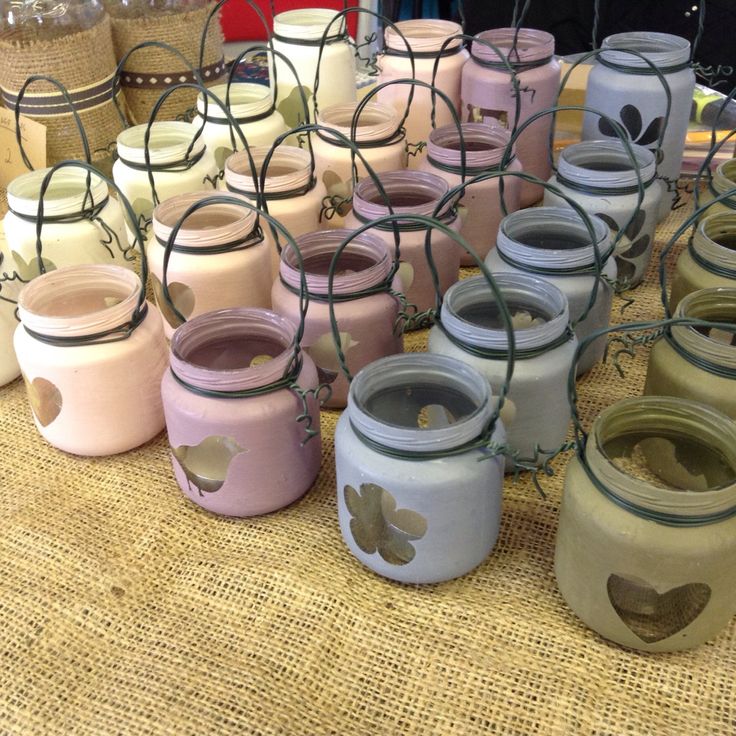 Babies get enough sodium in the breast milk or formula they drink. Experts advise against giving your baby extra salt in their diet before they're 2 years old.
Babies get enough sodium in the breast milk or formula they drink. Experts advise against giving your baby extra salt in their diet before they're 2 years old. - "Total sugars" refers to both naturally occurring and added sugars in a product. Naturally occurring sugars are found in many healthy foods, such as fruit and milk. Added sugars are those added to foods and drinks during processing or preparation – like corn syrup and white sugar. Experts advise against giving children under 2 years old added sugar in their diet.
- Protein is another essential nutrient that you don't need to limit in your baby's diet.
- The FDA requires that manufacturers include vitamin D, calcium, iron, and potassium, since people in the United States often don't get enough of those nutrients in their diets. Manufacturers may include other vitamins and minerals, too.
Recycle Baby Food Jars - Reasons To Skip The Housework
Baby food jars can accumulate by the dozen, but it seems like a huge waste to throw them all out (even if you recycle!) Here are some great ideas to recycle baby food jars and put them to use in fun and creative ways!
25 Ways to Recycle Baby Food Jars
Baby Food Jar Cakes from Make Life Lovely
Baby Food Jar Snow Globes from Craftaholics Anonymous
Washi Tape Baby Food Jars from Lovely, Etc.
Baby Food Jar Vase and Candleholder from Make Life Lovely
Fall Baby Food Jars from Creative Ramblings for Unoriginal Mom
Lego Batman Baby Food Jars from Laura’s Crafty Life
Snowman Hot Chocolate Kit from Empress of Dirt
Glitter Baby Food Jar Votives from Delicate Construction
Baby Food Jar Pumpkin Craft from SAHM Plus
Cheesecake in a Jar from Our Thrifty Ideas
Mini Jar Ornament from Lovely, Etc.
Crayon Organizer from Monkey See, Monkey Do
Baby Food Jar Party Favors from Make Life Lovely
Magnetic Spice Jars from One Lucky Pickle
Chalk Paint Spice Jars from Unsophisticook
Mini Calming Jars from One Sophisticated Daisy
Lego Head Jars from Sarah Lemp: All Things With Purpose
Photo Snowglobes from Design Mom
Baby Food Jar Advent Calendar from Teacher by Trade Mother By Nature
Magnetic Bug Jars from Yesterday on Tuesday
Blizzard in a Jar Craft from The Country Chic Cottage
BFG-inspired Dream Jars from Scattered Thoughts of a Crafty mom
Glitter Slime Monsters from The 36th Avenue for Eighteen25
Glow in the Dark Jars from A Girl and a Glue Gun
Mason Jar Nightlight from Crafts by Courtney for Mod Podge Rocks
These fun ways to Recycle Baby Food Jars are perfect to keep you and your kids busy this summer.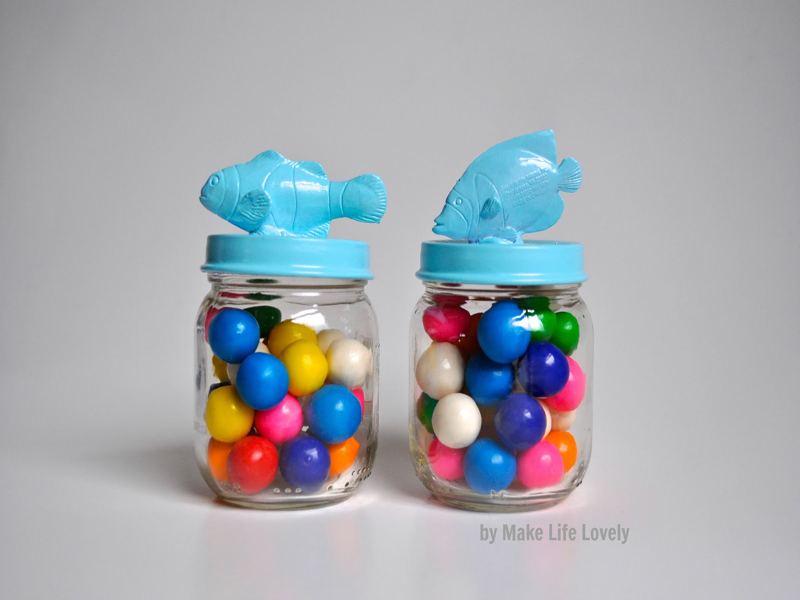 Which one are you dying to try first?
Which one are you dying to try first?
Like these recycling ideas? Here are some more great ways to recycle materials!
Recycle K Cups // Milk Jug Planters // Recycling Egg Cartons
Where to put baby food jars? They asked me to tell you more - and here I am.
I’ll say right away that I’m not too turned on this topic, I’m just interested (haha, and I worked in the reserve, gave lectures at schools, didn’t miss a single Saturday work, and also sorted out garbage on empty hills) and I sympathize, so I try to do what I can . nine0003
1. What can be donated and not thrown away. Almost the entire range of dairy cuisine is suitable for processing. Bags of kefir, milk, mixture - this is Tetra-pak. Food jars - of course, glass. Jars from cottage cheese - plastic. Boxes - paper or cardboard. In addition, at home there are probably still bottles of water, shampoo, trays for packaged goods (all this is also plastic, you can usually find a triangle with a number on the packaging - this is a type of plastic), cans of canned food or beer))
2.
 Where can I donate. There are several sites with maps that collect information about points: Greenpeace, for example. If your city is not on this map, all that remains is to google and find out where you have what. Having found a convenient point, call there and ask if they are still alive - the points are always closing, moving - and find out what they accept. Depending on what they can hand over, collect it. If something is not accepted - well, you have nothing to do with it, throw it away. Sometimes I throw away cardboard and milk cartons, because they are in a landfill, if anything, they will quickly rot or burn. But the hand does not rise directly on glass or plastic. nine0003 3. How to assemble. Check this with the organizers of the reception point. Most often, the requirements are simple: recyclables must be clean. This is also important for you, because you can’t hold a dirty jar at home for a couple of weeks.
Where can I donate. There are several sites with maps that collect information about points: Greenpeace, for example. If your city is not on this map, all that remains is to google and find out where you have what. Having found a convenient point, call there and ask if they are still alive - the points are always closing, moving - and find out what they accept. Depending on what they can hand over, collect it. If something is not accepted - well, you have nothing to do with it, throw it away. Sometimes I throw away cardboard and milk cartons, because they are in a landfill, if anything, they will quickly rot or burn. But the hand does not rise directly on glass or plastic. nine0003 3. How to assemble. Check this with the organizers of the reception point. Most often, the requirements are simple: recyclables must be clean. This is also important for you, because you can’t hold a dirty jar at home for a couple of weeks. 4. How to organize everything. I'm just going to tell you how things work for us.
 I rinse all the packaging jars immediately after eating the products, I have to cut the tetra-packs further to rinse inside. Then I dry it on a shelf, specially allocated in a cupboard for dishes. Ok, it's dry - I throw everything indiscriminately into a bag lurking behind the refrigerator. What can be flattened is ivy, simply by stomping on a yogurt box, for example. The same is often nested in one another. When the bag is full, I cowardly put it out on the balcony. When two or three packages are collected there and the husband shows concern about this, it's time to pack up. I haul the bags into the apartment and quickly sort through the contents. This month, for the first time, a businesslike son helped me! It turns out several smaller packages: plastics by type, glass, pieces of iron, paper. All packages in a large IKEA bag and off we go. nine0003 For 2 years in Moscow I have been taking garbage to the Flakon resource saving center and usually I try to make a trip for the baby to sleep or just along the way so that dad would go with us.
I rinse all the packaging jars immediately after eating the products, I have to cut the tetra-packs further to rinse inside. Then I dry it on a shelf, specially allocated in a cupboard for dishes. Ok, it's dry - I throw everything indiscriminately into a bag lurking behind the refrigerator. What can be flattened is ivy, simply by stomping on a yogurt box, for example. The same is often nested in one another. When the bag is full, I cowardly put it out on the balcony. When two or three packages are collected there and the husband shows concern about this, it's time to pack up. I haul the bags into the apartment and quickly sort through the contents. This month, for the first time, a businesslike son helped me! It turns out several smaller packages: plastics by type, glass, pieces of iron, paper. All packages in a large IKEA bag and off we go. nine0003 For 2 years in Moscow I have been taking garbage to the Flakon resource saving center and usually I try to make a trip for the baby to sleep or just along the way so that dad would go with us. Then everything turns out super: we park, the son sleeps in the car under the supervision of his father, I drag the garbage and put it in containers. As a rule, 20 minutes of free parking is enough for me.
Then everything turns out super: we park, the son sleeps in the car under the supervision of his father, I drag the garbage and put it in containers. As a rule, 20 minutes of free parking is enough for me. Of course, there will be those who will say that there is no place for this in our kitchens, and indeed there is no time for such things. But it's really easy. I repeat that I am not a fanatic and I can throw the jar into the bucket, but somehow I feel sorry for it. Yes, I am aware that one and a half people do this (in fact, no), that garbage dumps outside the Moscow Ring Road are as high as a five-story building - that's it, I just don't want to personally increase these mountains. Thank you for your attention))
And now at the same time: we are thinking with a friend to make a weekly mum's circle on Dmitrovskaya with chatter, not too organized games for kids from one to three and passing conversations about ecology, nature and other things. Payment is supposed to be minimal, only for renting the premises, as agreed.
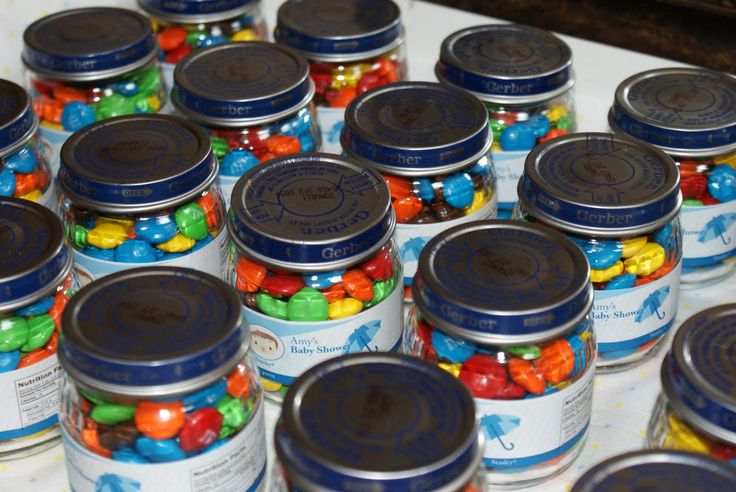 If you would be interested in this, let us know, it will inspire us and we will start everything faster. The two of us are ready to get together - and we will.
If you would be interested in this, let us know, it will inspire us and we will start everything faster. The two of us are ready to get together - and we will. Where you can donate glass baby food bottles - in Krasnodar
Tatyana Nikolaevna Information desk operator
{"start":"\u003cb\u003eHi! We will help you find a product, service, phone, address, website.\u003c/b\u003e\r\n\r\nMore \u003ca href= '/promo/#fh5co-features-2' target='_blank'\u003eon the help page\u003c/a\u003e Ask a question if you agree with \u003ca href='https://nashaspravka.ru/pages/politic_site' target='_blank'\u003erules\u003c/a\u003e.","hello":"How can I help today? What can I find?","zero":"Chat Assistant Natalia is currently answering. Please write to the chat if the provided answer requires clarification.The operator will see the message and will respond."}
- Answer of the inquiry
- 1 organization
Valentina Dmitrievna Operator of the inquiry
Hello!
Point of collection of glass bottles
Krasnodar, Turgenev passage, 110 (in the yard)
Tel.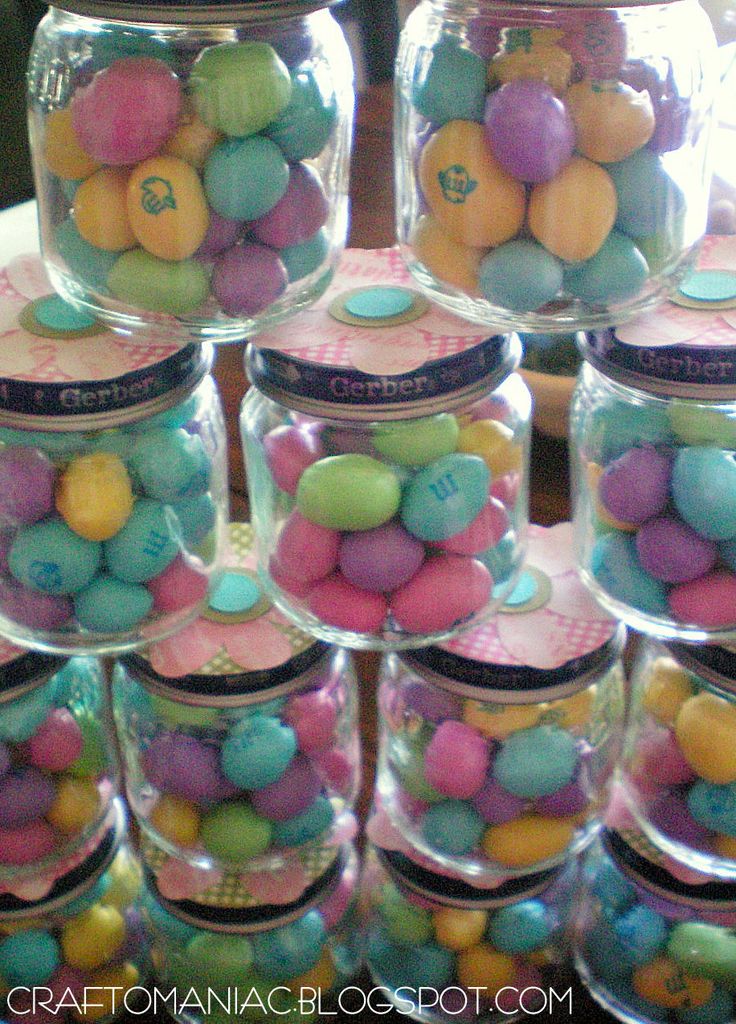 8-918-418-34-89
8-918-418-34-89
Thank you for contacting our service!
User
Called these numbers they don't accept baby bottles Hello! Union of waste processors of Kuban, LLC, management company (more) [email protected] www.sopek.ru 350007, Krasnodar Territory, Krasnodar, Industrialnaya st. 10 (861)267769Tel. 8-918-418-34-89
Valentina Dmitrievna Information desk operator
Where to return baby food jars: options
We offer a few ideas on where to put the jars.
1 variant. Give honey sellers in the market
This is probably the easiest and most elegant way. Honey sellers really need these jars.
Knowledgeable people say that jars of baby food are always handed over only to honey sellers. And for this they are treated with honey and they make discounts
2nd option. Hand over to the Greenpeace
collection point There is a map of the collection points on the Greenpeace website:
recyclemap. ru
ru
You need to find the nearest point, call and try to hand over the jars there for recycling.
3rd variant. Use on the farm.
Judging by the messages on the forums, baby food jars are made from:
Jars for spices
For analysis
For jam
For more details, see the article Where to donate baby food jars on the website www.kudagradusnik.ru
Valentina Dmitrievna Information desk operator
Thank you for contacting our service!
Valentina Dmitrievna Information desk operator
⚠️Pay attention! How to use the answer provided by the help desk operator.
The answer will always be available. Look at the history, all answers are saved.
You can find the answer in the search.
Addresses and telephones included in the response, selected by the operator from the directory. If the contacts have changed, let us know and we will check and fix it.











